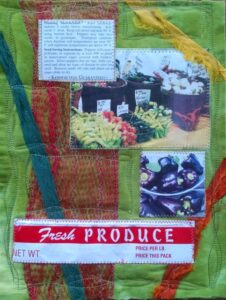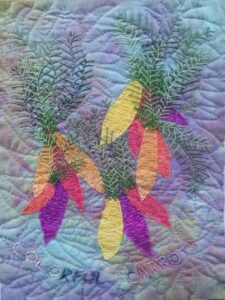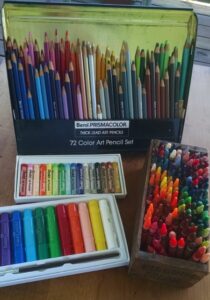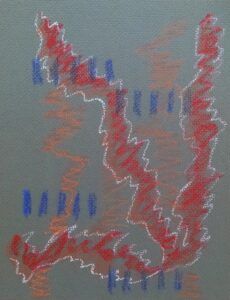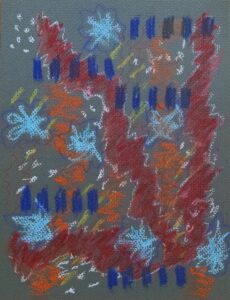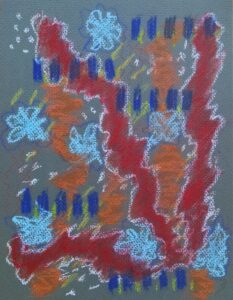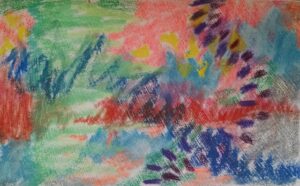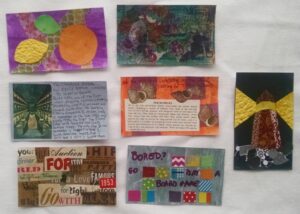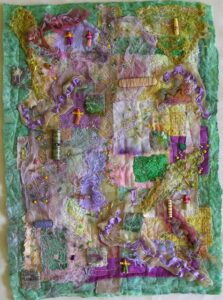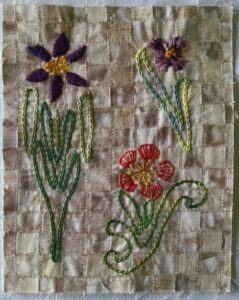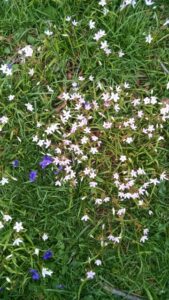Once again, I have wandered off course. I try to accept my habit of getting easily distracted as a side effect of being creative, but it does not do anything for those of you who might be eagerly anticipating some words of wisdom here. In a way, I have been searching for many things this month. Not only searching for canning jars (unsuccessful), but searching for unusual pumpkins (very successful).
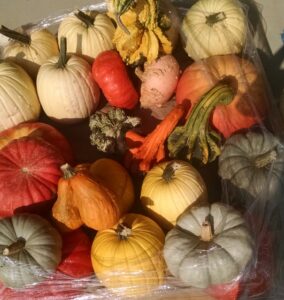
There have been a few days where it has taken me a half an hour to get the mail because I simply must pick up so many interesting leaves that have fallen. I am watching a series of gigantic puffballs grow near my driveway. Creativity is all about observation. These little moments will somehow resurface in the collages that I stitch over the winter.
I have been keeping up with my 4 x 4” square challenge, here are the bits and pieces from September.
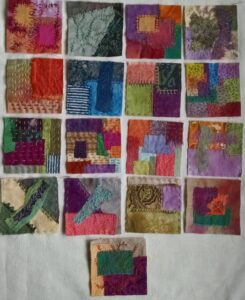
In a few days, I will reveal the squares from October. This time of year, have you ever stopped to listen to the leaves fall?
